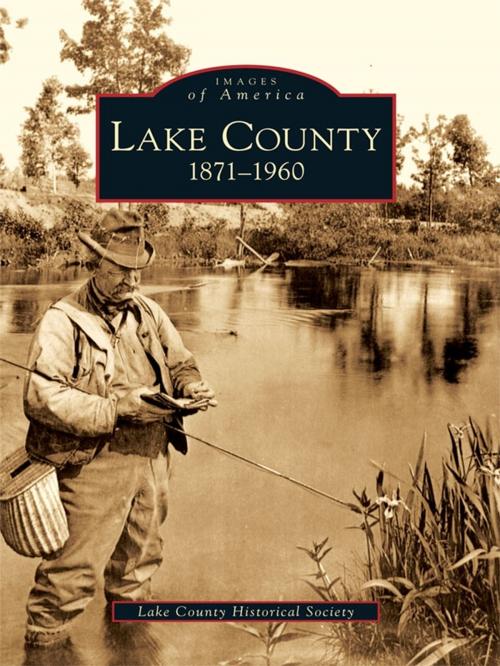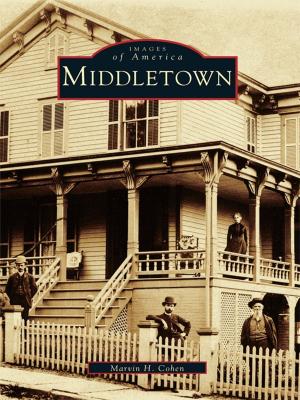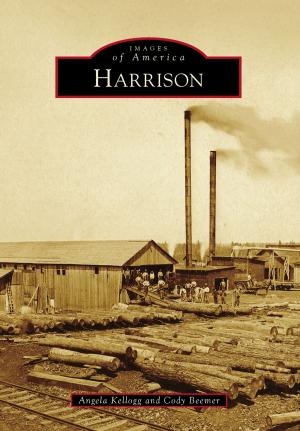| Author: | Lake County Historical Society | ISBN: | 9781439621011 |
| Publisher: | Arcadia Publishing Inc. | Publication: | November 9, 2009 |
| Imprint: | Arcadia Publishing | Language: | English |
| Author: | Lake County Historical Society |
| ISBN: | 9781439621011 |
| Publisher: | Arcadia Publishing Inc. |
| Publication: | November 9, 2009 |
| Imprint: | Arcadia Publishing |
| Language: | English |
Native Americans roamed the beautiful lands of northern Michigan for many years, leaving a legacy of mature forests, clear waters, and plentiful game. By 1871, waves of immigrants were arriving from Europe, as well as Union soldiers after the Civil War. These pioneers brought with them the tools, know-how, and determination to transform the wild land into an economy based on the timber, railroads, and farming. Schools, churches, businesses, and tourism blossomed. The county's 156 lakes and 46 trout streams offered pristine settings for swimming, boating, hunting, and fishing. Resorts, sporting clubs, and cottage colonies sprang up to meet the needs of seasonal visitors. Early fishing guide and hotelier Andrew J. Bradford, financiers Curtis W. MacPhail and Robert J. Smith, philanthropist Martin Johnson, and others nurtured the growth of the communities. The Civilian Conservation Corps replanted the forests and built roads, the African American resort of Idlewild showcased black entertainers, and Raymond W. Overholzer built Shrine of the Pines, all promoting the county's development.
Native Americans roamed the beautiful lands of northern Michigan for many years, leaving a legacy of mature forests, clear waters, and plentiful game. By 1871, waves of immigrants were arriving from Europe, as well as Union soldiers after the Civil War. These pioneers brought with them the tools, know-how, and determination to transform the wild land into an economy based on the timber, railroads, and farming. Schools, churches, businesses, and tourism blossomed. The county's 156 lakes and 46 trout streams offered pristine settings for swimming, boating, hunting, and fishing. Resorts, sporting clubs, and cottage colonies sprang up to meet the needs of seasonal visitors. Early fishing guide and hotelier Andrew J. Bradford, financiers Curtis W. MacPhail and Robert J. Smith, philanthropist Martin Johnson, and others nurtured the growth of the communities. The Civilian Conservation Corps replanted the forests and built roads, the African American resort of Idlewild showcased black entertainers, and Raymond W. Overholzer built Shrine of the Pines, all promoting the county's development.















